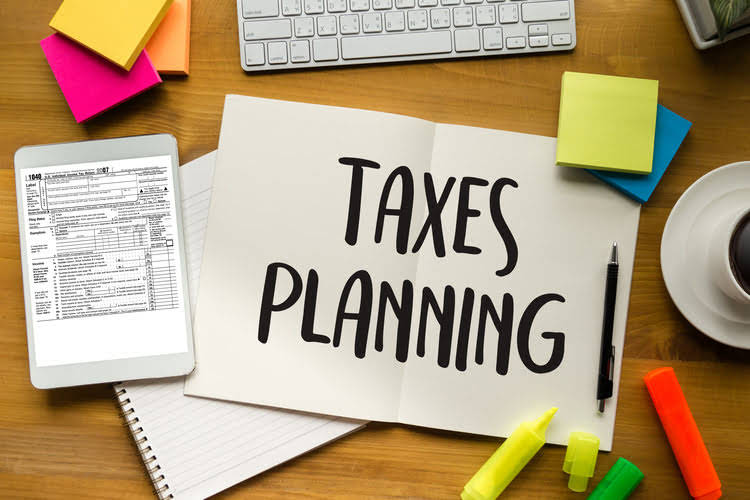
Here, we’ll assume $25,000 in new equity was raised from issuing 1,000 shares at $25.00 per share, but at a par value of $1.00. In recent years, more companies have been increasingly inclined to participate in share buyback programs, rather than issuing dividends. In contrast, early-stage companies statement of stockholders equity with a significant number of promising growth opportunities are far more likely to keep the cash (i.e. for reinvestments). Under a hypothetical liquidation scenario in which all liabilities are cleared off its books, the residual value that remains reflects the concept of shareholders equity.
- Subtracting liabilities from assets can provide investors with the total amount of capital that owners have provided to a company.
- Privately owned companies do not always have stockholders, so if your private business has never sold any equity shares, you won’t have to create a stockholders’ equity statement.
- It can also help you find and attract investors ― who will undoubtedly want to see that statement before injecting capital into your organization.
- It can be found on the balance sheet, one of three essential financial documents for all small businesses.
- Looking at the same period one year earlier, we can see that the year-over-year (YOY) change in equity was an increase of $9.5 billion.
- Treasury shares can always be reissued back to stockholders for purchase when companies need to raise more capital.
- The concepts and vocabulary we will introduce in this topic (such as dividends, earnings per share, and book value) are important not only to accountants, but to investors, lenders, business owners, business students, and others.
If equity decreases, companies may wish to look at ways to boost income or reduce liabilities. Statement of stockholders’ equity helps users of the financial statements to know and distinguish the causes that bring a change in the owners’ equity over the period of time. All this information is useful for the users of financial statements in understanding the nature of change in equity reserves. The balance sheet — one of the three core financial statements — shows a company’s assets, liabilities, and shareholders’ equity at a specific point in time.
What is shareholders’ equity?
The board of directors appoints the officers of the corporation and declares dividends for the common and preferred stock. The concepts and vocabulary we will introduce in this topic (such as dividends, earnings per share, and book value) are important not only to accountants, but to investors, lenders, business owners, business https://www.bookstime.com/services students, and others. By using your statement, you can determine whether it’s a good time to invest in growth, push sales to maximize profits or reduce expenses to lower your total liabilities. Financial planning is crucial for businesses, particularly those that have a limited budget and those looking to expand.
In our modeling exercise, we’ll forecast the shareholders’ equity balance of a hypothetical company for fiscal years 2021 and 2022. Since repurchased shares can no longer trade in the markets, treasury stock must be deducted from shareholders’ equity. But an important distinction is that the decline in equity value occurs due to the “book value of equity”, rather than the market value. Often referred to as paid-in capital, the “Common Stock” line item on the balance sheet consists of all contributions made by the company’s equity shareholders. Stockholders’ equity is equal to a firm’s total assets minus its total liabilities.
Book Value of Equity vs. Market Value of Equity: What is the Difference?
From the beginning balance, we’ll add the net income of $40,000 for the current period, and then subtract the $2,500 in dividends distributed to common shareholders. After the repurchase of the shares, ownership of the company’s equity returns to the issuer, which reduces the total outstanding share count (and net dilution). Retained earnings are a company’s net income from operations and other business activities retained by the company as additional equity capital. They represent returns on total stockholders’ equity reinvested back into the company. If the statement of shareholder equity increases, the activities the business is pursuing to boost income pay off.

However, if you want a good idea of how your operations are doing, income should not be your only focus. Bonds are contractual liabilities with guaranteed annual payments unless the issuer defaults, whereas dividend payments from stock ownership are discretionary and not fixed. However, by preceding dividends for a year, the company can increase its retained earnings and, as a result, stockholders’ equity. Coca-Cola (KO), PepsiCo’s main competitor, also appears to have weathered the storm.
Components of shareholders’ equity
However, it’s a crucial tool for helping business owners evaluate potential investments and measure their business’s performance and worth. The statement of shareholders’ equity may intimidate some small business owners because it’s a bit more complicated than other financial calculations. However, in simplest terms, it’s essentially what your organization has earned that remains in the business. In this way amounts presented in the statement of current period statement will be easily reconciled and traced from financial statements of last year.
- The Corporate Finance Institute explains that the stockholders’ equity statement is part of a company’s balance sheet, consisting of share capital and retained earnings, or assets minus liabilities.
- For businesses, it is the cheapest source of financing because interest payments are tax-deductible, and debt generally provides a lower return to investors.
- This balance represents shareholders’ equity reserves at the end of the reporting period which is also shown in the statement of financial position.
- The excess value paid by the purchaser of the shares above the par value can be found in the “Additional Paid-In Capital (APIC)” line item.
- As you can see, the beginning equity is zero because Paul just started the company this year.
It will reveal whether you didn’t make enough to sustain operations or whether you have enough equity in the business to get through a downturn. The statement of shareholder equity also shows whether you’re likely to get approved for a business loan, whether there’s value in selling the business and whether it makes sense for investors to contribute. The easiest and simplest way of calculating stockholders’ equity is by using the basic accounting equation.
